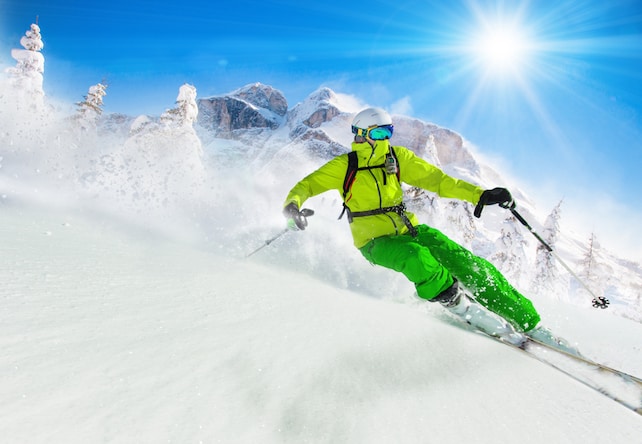
Keeping warm while skiing is much easier now than it was 20 or 30 years ago, thanks to the enormous range and quality of clothing available. Waterproof, warm, breathable, wind-resistant: you name it, there’s a fabric for it – and you don’t have to pay an arm and leg for it, either.
However, all the kit in the world won’t help you if you don’t wear it in the right way, or at the right time. Here’s how to make it work properly when the temperature drops.
Piling On The Layers
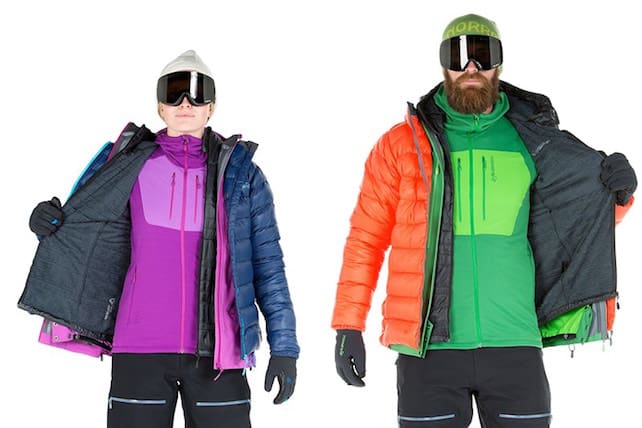
By using lots of different layers you will trap small pockets of air between those layers, which is better than wearing one big chunky coat. If you feel the cold you can find the perfect layering that doesn’t make you feel like a Michelin man nor restrict movement on the slopes.
This would ideally be a thermal base layer made from Merino wool or polyester, both of which are able to trap air even when they get wet (but not cotton, which will stay wet if you sweat), a mid-layer down jacket (rather than a fleece, which can be less warm and more restrictive), and then a shell jacket on top.
It’s also a good idea to carry an extra down gilet in your backpack in case of emergencies — or for lending to someone else who isn’t carrying a spare layer with them! Capilene thermals are great, in fact there’s a huge range of down jackets and gilets in different sizes from Patagonia.
You should also make sure to do up zips and pockets — to prevent warmth escaping and wind getting in — those wind-proof zips really do their job.
About 10% of our body’s warmth is lost through the head, so wearing a hat or a helmet works wonders. A thin helmet liner or cotton headband will prevent wind whistling through the little holes in the helmet’s ear pads. Some woolly hats are lined with fleece, for double insulation, and are extra cosy — a great option for kids.
Mittens are a wise choice if you suffer from cold hands, along with silk glove liners which provide an extra layer — and wearing a good-fitting pair of goggles, along with a snood or fleece neck warmer to keep your face and neck warm and stop your eyes watering in the cold. If it gets really chilly (at times you can actually ski at -40C in North America and on glaciers in Europe) you can buy neoprene facemasks, which are also brilliant.
Comfortable ski boots that fit properly are important for warmth, and forget the old-fashioned idea of wearing several pairs of ski socks or an extra-thick pair: they will actually restrict your circulation and make your feet feel colder. Good quality thin ski socks will help keep your toes warm.
Just a quick note about down — generally speaking natural materials (ie feather) will stay wet if they get wet, whereas an artificial down filling will dry quicker. So if you’re going out when it’s snowing, make sure to wear a waterproof layer on the top.
Gadgets For Keeping Warm
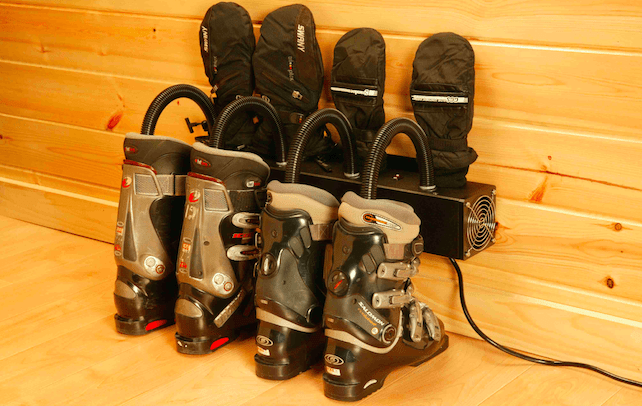
Keep a stack of hand and foot warmers at the ready for really cold conditions. They’re light, easy to pack in a pocket and warm up instantly — a top tip is to buy them in bulk online from Amazon when you’re at home because they are a tenth of the price you’ll pay in a mountain restaurant or ski shop in resort.
Start the day with warm feet (and hands) by keeping your boots on a boot dryer overnight – take out the liners if they are wet and let them dry separately. Ski boot warmers are an invaluable addition to the wardrobe of anyone who feels the cold. They’re not cheap, but they’re worth their weight in gold. The footbeds are wired with heaters and are placed in the bottom of your boots, so you just charge the battery packs overnight and they will last a few hours on the slopes if you don’t use the highest setting.
These days you can buy gloves and gilets with heating elements, and back protectors do an excellent job of keeping you warm, too.
Keeping Children Warm On The Slopes
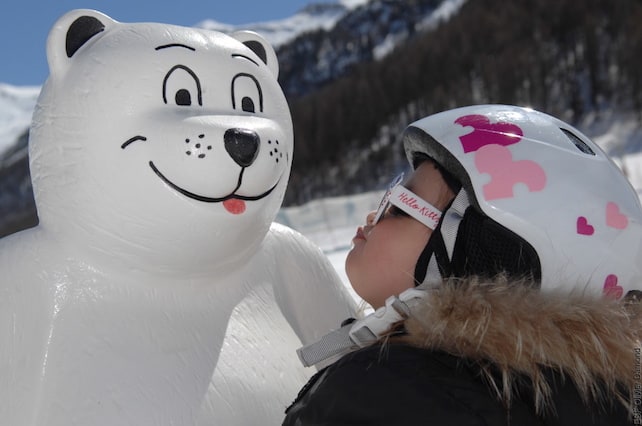
Some people I’ve met learnt to ski as children, but hated it. Why? Because all too often they were sent off in a third- or fourth-hand one-piece suit that had completely lost its waterproof and windproof properties and barely contained any warmth at all. Anyone wearing that sort of clothing would be freezing every day.
Despite the fact that children grow fast, it’s essential not to skimp on their kit and, if you are using borrowed clothing or hand-me-downs, test them and if necessary re-proof them in the washing machine and buy extra layers for underneath.
These days you can buy clothing at brilliant prices from Aldi, Mountain Warehouse and the like — so kit your child out in exactly the same way you would yourself, with a snood for keeping their neck warm and some handwarmers in their pockets for emergencies.
If you’re leaving kids in ski school, make sure that they will have regular breaks when they can warm up and, if it’s snowing, however much you’re enjoying the powder, remember to check on your children — the best way to put kids off skiing is for them to get cold and miserable.
What To Do If You Get Too Cold
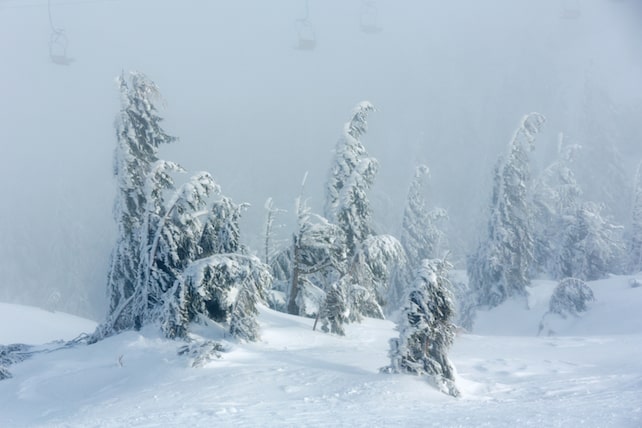
It’s not a myth — children and small adults, as well as women and slimmer men, will feel the cold more than those who are more active, and better insulated (clothing and body weight).
If you get really cold your muscles and nerves start to get cold too, which is what happens when you start fumbling with zips and losing your dexterity. If your extremities get very cold — that is your ears, nose, fingers, toes, cheeks and chin — it could result in what’s known as “non-freezing cold injuries”.
These range from chilblains — small itchy swellings on the skin that last for a week or two — and exacerbation of Raynaud’s syndrome, a medical condition in which spasm of arteries cause reduced blood flow to extremities such as fingers and toes lasting anything from a few minutes to several hours.
More serious, when the tissues start to actually freeze, is frostnip and its more severe form, frostbite. If you do get very cold or suspect you have any of these conditions, the crucial thing is not to warm up too fast.
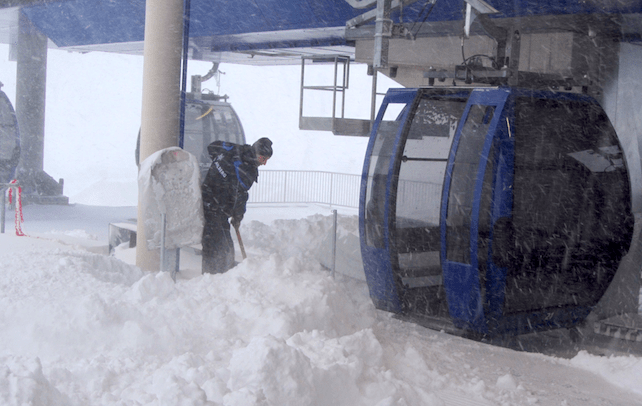
Dr Heather Lunt works at Portsmouth University’s Extreme Environments Lab testing kit for all conditions. She says: “When you get inside, try to resist putting your hands on a radiator or cupping a mug of tea or a hot water bottle — it really can lead to chilblains when the capillaries open too quickly.”
She adds: “If you have frostnip or frostbite get somewhere warm as quickly as you can, keep the skin clean to prevent infection and do not pop any blisters that form. Seek medical advice urgently — don’t wait to get back to the UK to get medical help. The local doctors and hospital in ski resorts will be able to deal with this type of injury. Finally, allow as much of the skin to heal as possible before considering surgery.”
On a cold day, try to find a place to shelter, such as a mountain restaurant. Going indoors every now and again can help your body warm up, and you can then refuel on something warm. The good news is that if you’re a little chilly, having a vin chaud or rum with your hot chocolate will help — alcohol widens the blood vessels and increases circulation, but this is only helpful if you’re inside. Have a drink outside and it will increase heat loss!
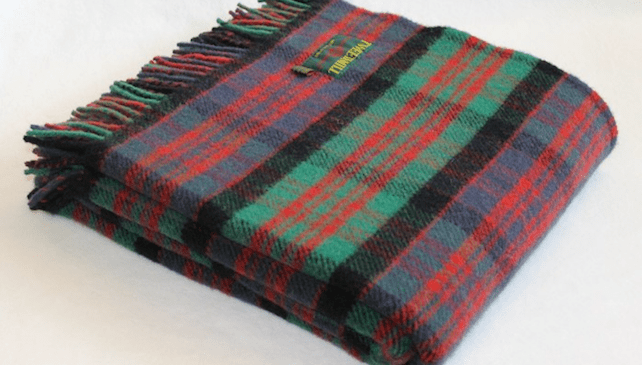
One final tip: If you are driving to the Alps, along with complying with all the other rules, make sure you take some extra blankets in the car in case of breakdown.
Your Say
Do you have any of your own tips for keeping warm when skiing? We’d love to hear them in the comments box below.


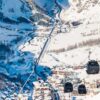
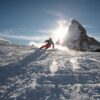






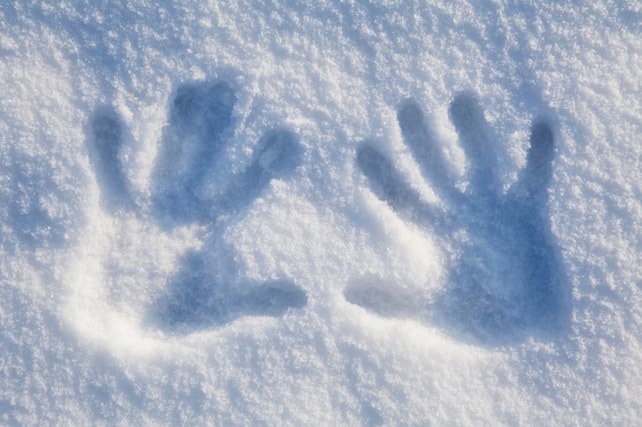



Love my tea bag hand warmers. They also warm my face, ears and last 10hrs. I have skied barefoot in my ski boots for the last 15 yrs after an old French man told me the reason my feet were hurting was my bunched up thick socks. I’ve never had cold feet, except in extreme conditions in the States. Try it ….you will be suprised!!
If you’re skiing in a group and you feel cold say so. We skied as a group of nine friends recently and one guy said he was suffering a bit due to insufficient layers, so I lent him my down body warmer from my rucksack and it stopped him having a miserable day. Also carry chocolate, everything seems better after eating chocolate!
We completely agree with you Lloyd. Hopefully there’s always at least one sensible skier in a group who is carrying a spare mid-layer in their back pack…